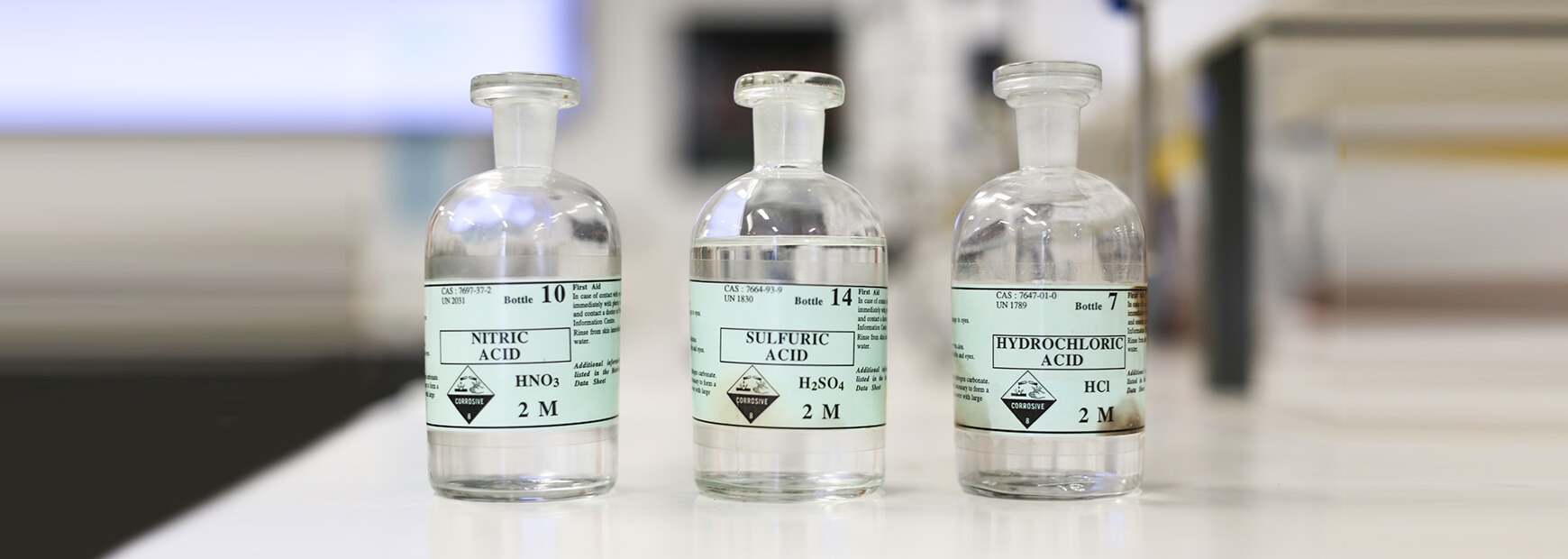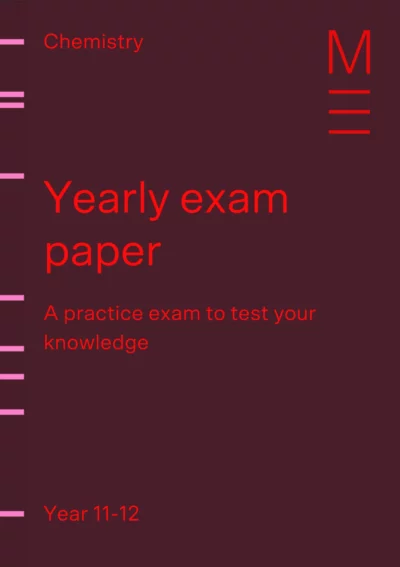Welcome to Matrix Education
To ensure we are showing you the most relevant content, please select your location below.
Select a year to see courses
Learn online or on-campus during the term or school holidays
Learn online or on-campus during the term or school holidays
Learn online or on-campus during the term or school holidays
Learn online or on-campus during the term or school holidays
Learn online or on-campus during the term or school holidays
Learn online or on-campus during the term or school holidays
Learn online or on-campus during the term or school holidays
Get HSC exam ready in just a week
Select a year to see available courses
Science guides to help you get ahead
Science guides to help you get ahead
Are you ready for your Year 11 Chemistry Yearly Exam? Assess your exam-readiness with these commonly asked exam questions.

Join 75,893 students who already have a head start.
"*" indicates required fields
Related courses
The Matrix Year 11 Chemistry Yearly Exam Paper contains questions based on the new Year 11 Chemistry syllabus and covers the four modules of the Year 11 Chemistry course:
We have listed below some of the most popular exam questions for your quick reference. You can download the free Matrix Year 11 Chemistry Practice Paper:
Test your skills with the Chemistry Practice Paper, complete with high-scoring answers and explanations! Fill out your details below to get this resource emailed to you. "*" indicates required fields
Get ready for your Chemistry Yearly exam!

Get ready for your Chemistry Yearly exam!
Commonly asked exam questions on Module 1 Properties & Structures of Matter are:
Which VSEPR shape always results in a polar molecule?
(A) Linear
(B) Trigonal Planar
(C) Tetrahedral
(D) Bent
Write the full electronic configuration of a sodium atom.
Define the term “electronegativity’.
Explain why methane has a lower boiling point than water.
Be one step ahead of your peers with advanced completion of contents before it’s taught at school. You’ll gain an in-depth knowledge and understanding of the key concepts for exam success. Book your free trial for Year 11 Chemistry today and learn more about our Year 11 Chemistry Term Courses.
Module 2: Introduction to Quantitative Chemistry
Commonly asked exam questions on Module 1 Properties & Structures of Matter are:
Which gas law describes the relationship between pressure and volume?
(A) Boyle’s Law
(B) Charles’ Law
(C) Avogadro’s Law
(D) Gay-Lussac’s Law
3.75 g of potassium carbonate was placed in 280 mL of 0.14 M hydrochloric acid. The following reaction occurs:
K2CO3(aq) + 2HCl(aq) → 2KCl(aq) + CO2(g) + H2O(l)
(A) Write the full ionic equation for this reaction.
(B) Write the net ionic equation for this reaction.
(C) What mass of potassium chloride will be produced?
Commonly asked exam questions on Module 3 Reactive Chemistry are:
A galvanic cell was constructed by connecting a graphite electrode in a solution of iron(II) nitrate and iron(III) nitrate, and a tine electrode in a solution of tin(II) chloride.
What is the cell potential under standard conditions?
(A) 0.91 V
(B) 0.63 V
(C) 030 V
(D) 1.68 V
2.37 g of aluminium was combusted in excess oxygen gas:
4Al(s) + 3O2(g) → 2Al2O3(s)
(a) How many moles of aluminium reacted?
(b) What mass of aluminium oxide was formed?
(c) How many atoms of oxygen reacted?
(d) Explain, with reference to collision theory, how heating up the reaction mixture would increase the rate of this reaction.
(e) Identify two other ways to increase the rate of this reaction.
Balance the following half-equations by adding coefficients and electrons, and combine them to form a balanced ionic equation.
| C2O42-(aq) | → | CO2(g) |
| Co3+(aq) | → | Co2+(aq) |
Commonly asked exam questions on Module 4 Drivers of Reactions are:
In a calorimetry experiment to determine the enthalpy of solution of lithium hydroxide, the following data were collected:
| Mass of lithium hydroxide | 5.73 g |
| Mass of water | 265.1 g |
| Initial temperature of water | 17.5 °C |
| Final temperature of water | 21.6 °C |
What is the experimentally determined value of ΔHsoln? The specific heat capacity of the solution is 4.18 x 103 J kg-1 K-1.
(a) − 4.54 kJ mol-1
(b) − 19.4 kJ mol-1
(c) − 4.64 kJ mol-1
(d) − 19.0 kJ mol-1
Given the following data:
| N2(g) + 3H2(g) | → | 2NH3(g) | ΔH = − 115 kJ mol-1 |
| 2NH3(g) + 4H2O(l) | → | 2NO2(g) + 7H2(g) | ΔH = − 142.5 kJ mol-1 |
| H2O(l) | → | H2(g) + ½O2(g) | ΔH = − 43.7 kJ mol-1 |
What is the enthalpy change for the following reaction?
N2(g) + 2O2(g) → 2NO2(g)
Written by Matrix Science Team
The Matrix Science Team are teachers and tutors with a passion for Science and a dedication to seeing Matrix Students achieving their academic goals.© Matrix Education and www.matrix.edu.au, 2023. Unauthorised use and/or duplication of this material without express and written permission from this site’s author and/or owner is strictly prohibited. Excerpts and links may be used, provided that full and clear credit is given to Matrix Education and www.matrix.edu.au with appropriate and specific direction to the original content.